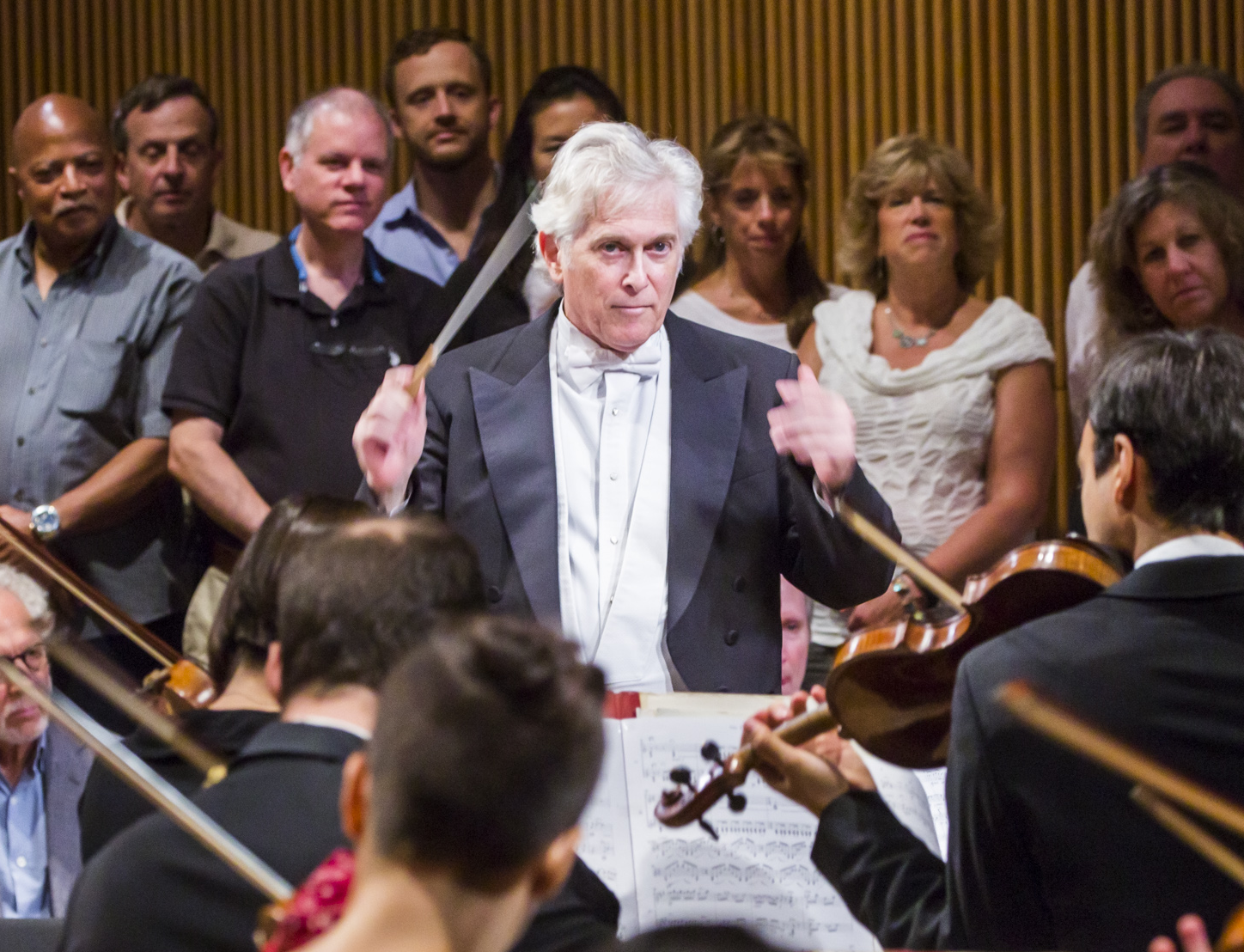

Do you ever feel like you’re conducting an orchestra? It’s hard to get all the people and parts moving harmoniously, isn’t it?
On a recent episode of Talking Business Now, I talked with Maestro Roger Nierenberg, the founder of The Music Paradigm. Nierenberg believes organizations can learn many critical lessons from orchestras, including insights into team collaboration and how to be more productive.
The Music Paradigm is an immersive learning experience Nierenberg created for business leaders, using actual orchestras. Company participants discover how the orchestra mirrors their company’s own culture.
Nierenberg made his New York conducting debut at Avery Fisher with the Pro Arte Chorale and Orchestra. He’s conducted numerous American orchestras as well as several abroad, including recording with the London Philharmonic and conducting at the Prague Spring Festival and the Beijing Festival. While he was with the Jacksonville Symphony, he made an astute observation after listening to many business and civic leaders: the challenges and opportunities organizations face during times of rapid change could be demonstrated with an orchestra. The Music Paradigm was born.
The format itself is simple enough: customized two-hour sessions consisting of a pre-meeting, the session with the orchestra and follow-up discussions. Nierenberg meets with the leadership team to explore their challenges and goals. He then creates interactive exercises for the orchestra designed to bring the company’s issues to life.
Next, the organization’s participants are seated within the orchestra. As participants observe the musicians, they focus on the dynamics at play. Because the orchestra is mirroring the actual dynamics of the company , participants discover some surprising and fascinating lessons about dysfunction, diversity and leadership.
“I’m asking them to adopt certain behaviors that are very much like the kinds of behaviors that either they want to bring about in their own organization, or else, they don’t want to admit that it’s holding them back,” Nierenberg said. “And so the orchestra becomes kind of a mirror for them to look at themselves and see themselves more clearly than they can in real life.”
Afterwards, Nierenberg conducts a discussion with participants about what they have just experiences and the key lessons that can be drawn.
If you’re interested in more details about The Music Paradigm and what your organization can learn from it, click here to listen to the full podcast.


